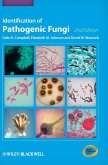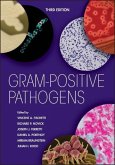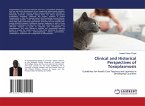Intestinal protozoa that infect humans are found worldwide, in both the developed and the developing world. However, their prevalence is highest in the developing countries, where they are responsible for much morbidity. The pathogenic intestinal protozoa tend to affect either the small intestine, large intestine or both. Those that affect the small intestine are mainly Giardia intestinalis and Cryptosporidium parvum and tend to affect children while Entamoeba histolytica that affects all age groups (with its most profound effect on adults) have predilection for the large bowel. The epidemiology of intestinal protozoa has developed rapidly with the advent of HIV/AIDS and cancer chemotherapy. Free-living amoebiae that are exclusively parasitic are normally found in water and soil are known to cause some important diseases in man; three of these are: primary amoebic meningoencephalitis, granulomatous amoebic encephalitis with invasion of other tissues and chronic amoebic keratitis.This book provides quick reference material for clinical presentation, complications, diagnosis, management and prevention of amoebae - related infections.
Bitte wählen Sie Ihr Anliegen aus.
Rechnungen
Retourenschein anfordern
Bestellstatus
Storno








